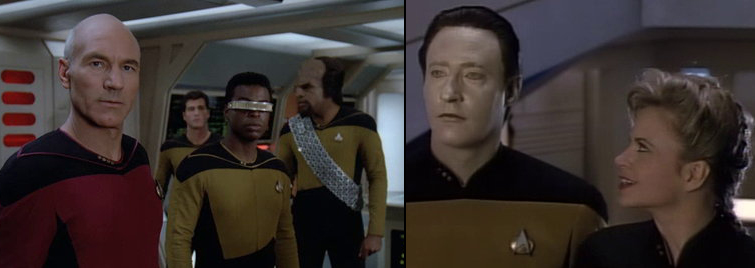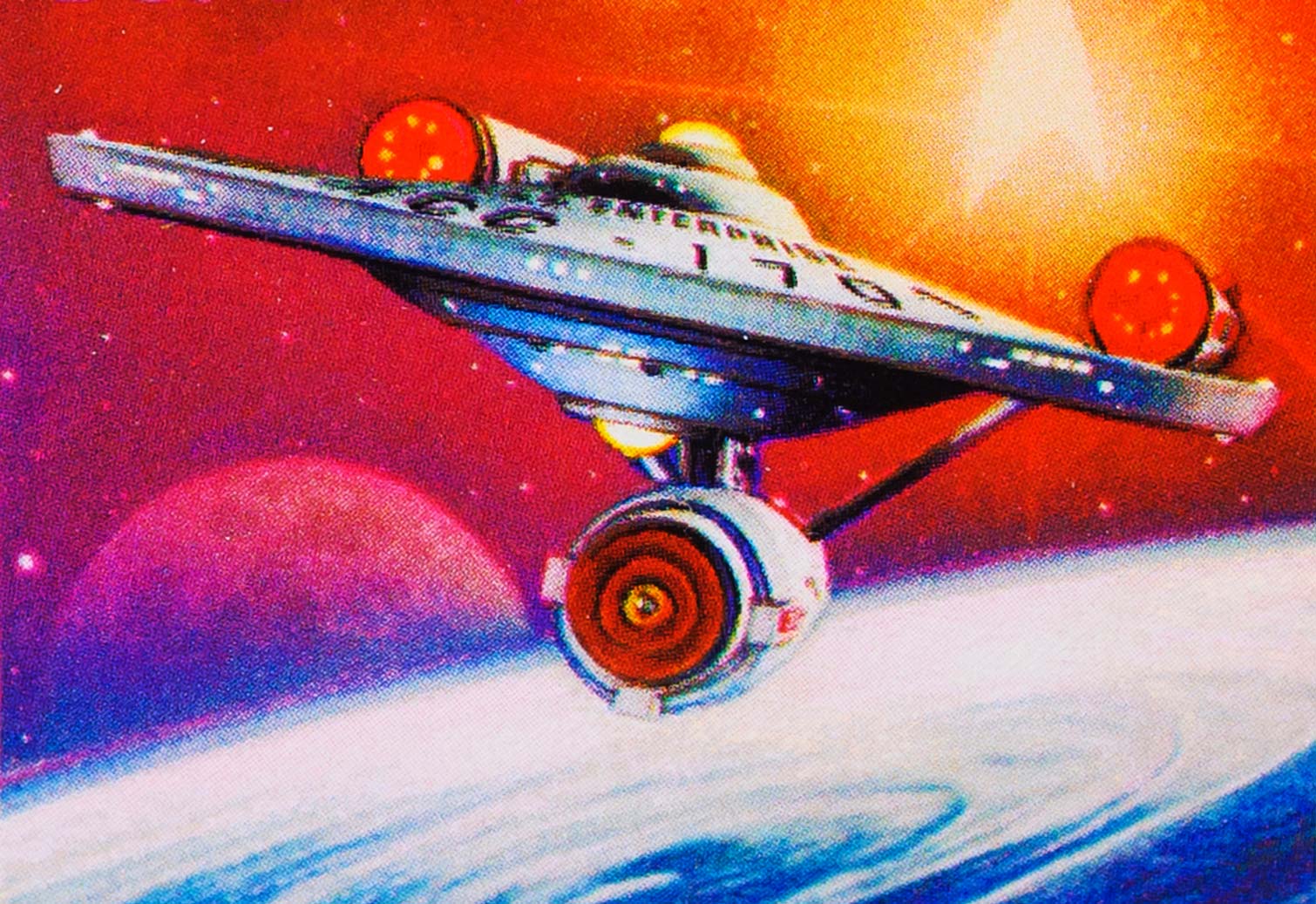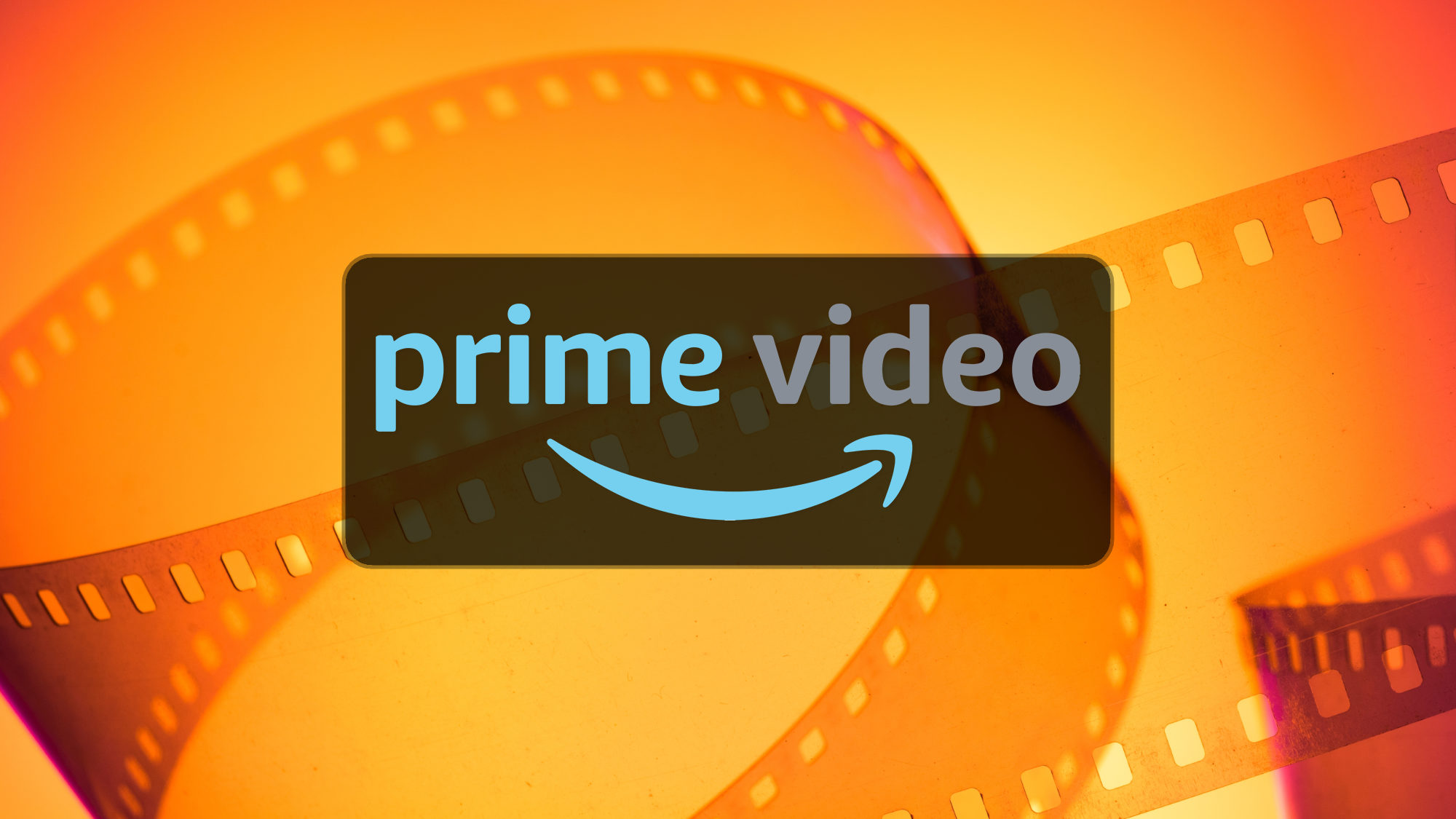How to Binge Watch 726 Star Trek Episodes (and 12 Movies)
It took me three-and-a-half years (and $400) to watch every Star Trek movie and show. Here’s how you can do it in two years for about $250.
"Space: the final frontier." If you've been even dimly aware of pop culture over the last 50 years, you're probably familiar with Star Trek's most iconic phrase. With five captains, six TV series, 12 movies and more than 40 starring crewmembers, Gene Roddenberry's optimistic sci-fi saga has captivated audiences for five decades. It's offered fans a unique blend of futuristic action, thoughtful story lines, inventive technology and unforgettable characters.

You've almost certainly seen at least one Star Trek episode or movie during your time on Earth, but just how far does your obsession go? I've heard from many enterprising sci-fi fans that they like Star Trek, in theory, but the idea of watching all 726 episode and 12 movies is daunting, and these potential fans would have no idea where to start.
On the one hand, they're not wrong. Star Trek has had six TV series (although most people know about only five of them) and 12 feature films. If you were to watch all of those outings back to back, without stopping, it would take you 23 days, 16 hours and 16 minutes. For a bit of scientific contrast, the Apollo 11 mission to and from the moon took about eight days.
MORE: What I Learned by Watching Every 'Star Trek' Show and Movie
If you're ready to take the plunge and watch Star Trek start to finish — or if you're just starting out and want to get your astronomical bearings — find out how this writer went from ensign to admiral.
How Much Star Trek Is There?
There are six Star Trek TV series that ran at irregular intervals between 1967 and 2005.
Star Trek (1966 to 1969) ran for three seasons and 79 episodes. In this groundbreaking show, Captain James T. Kirk (William Shatner) leads the starship Enterprise on a five-year mission to "explore strange new worlds, to seek out new life and new civilizations, [and] to boldly go where no man has gone before."
Get instant access to breaking news, the hottest reviews, great deals and helpful tips.

Star Trek: The Animated Series (1973 to 1974) is one of those mid-70s curiosities that many fans don't even know about today. After the cancellation of the original series, the Animated Series picked up for the last two years of Kirk's mission, but in a more kid-friendly, low-budget form.
Star Trek: The Next Generation (1987 to 1994) picks up almost 100 years after Kirk's adventures and follows Captain Jean-Luc Picard (Patrick Stewart) aboard a brand-new Enterprise. The galaxy is now a much more stable place, which allows Picard's crew to explore thoughtful issues about the human condition — when not fighting off existential threats from the far reaches of space.

Star Trek: Deep Space Nine (1993 to 1999) introduced the first major shift to the Star Trek formula by setting the action on a space station. Captain Benjamin Sisko (Avery Brooks), the franchise's first black leading man, takes command of Deep Space Nine, a station guarding the galaxy's only known stable wormhole. This setup leads to shady characters, racial tensions and even an all-out war.
Star Trek: Voyager (1995 to 2001) brought the series focus back to exploration under Captain Kathryn Janeway (Kate Mulgrew) and her starship, the USS Voyager. When Voyager gets hurled 70,000 light-years off course into the Delta quadrant, Janeway must bring her crew home, even though the voyage may take decades.
Star Trek: Enterprise (2001 to 2005) acts as a prequel story, winding the clock back to the 22nd century. Jonathan Archer (Scott Bakula), captain of the first starship Enterprise, sets off to explore a very mysterious galaxy with only a stalwart crew and a desire to do some good along the way. The series explores the origins of classic Trek aliens, technologies and institutions.
There are also 12 movies, which deal with three different casts of characters.
The first six movies focus on the crew from the original series: Star Trek: The Motion Picture (1979), Star Trek II: The Wrath of Khan (1982), Star Trek III: The Search for Spock (1984), Star Trek IV: The Voyage Home (1986), Star Trek V: The Final Frontier (1989) and Star Trek VI: The Undiscovered Country (1991).
The next four movies feature the cast from The Next Generation: Star Trek: Generations (1994), Star Trek: First Contact (1996), Star Trek: Insurrection (1998) and Star Trek Nemesis: (2002).
The two most recent films, Star Trek (2009) and Star Trek Into Darkness (2013), act as a re-boot of Kirk's original crew, but with new actors cast in the classic roles. (The stories still fit together with the old continuity, thanks to a judicious application of time travel.)

How Do You Watch Everything?
The first thing you'll need is a way to watch the episodes and films. In the United States, watching the shows is relatively simple, as you can access the series with a Netflix, Hulu or Amazon Video subscription ($8 to $12 per month, depending on how fancy you want to get). If streaming services aren't your style, you can buy any of the complete series on Blu-ray or DVD, although prices vary.
MORE: Best Streaming Video Services
The original Star Trek, The Animated Series, The Next Generation and Enterprise will run you somewhere between $15 and $150 for the whole run on DVD or Blu-ray. Deep Space Nine and Voyager, on the other hand, are available only on DVD, and haven't been in print for a while, making them a bit more expensive (up to $500 for a complete set). If streaming is an option for you, it's almost definitely the cheaper route.
Watching the shows is relatively simple, as you can access the series with a Netflix, Hulu or Amazon Video subscription.
As for the films, you're better off just buying the DVD or Blu-ray sets, or purchasing them via à la carte streaming services. While these movies are often available on Netflix and Amazon Prime Video, they rotate in and out, and you'll invariably be unable to find the one you want when you need it most.
How Long Does It Take?
In my case, starting with Enterprise and going all the way up through the end of Voyager (with all 12 films included) took from 2012 to 2016, or about three-and-a-half years. However, I also took fairly regular breaks to watch other shows, including the entire runs of Breaking Bad and Parks and Recreation. A more dedicated individual could do it in a fraction of the time.

Assume, for argument's sake, that you can watch one episode or one-half of a movie every day. (You can't, and I didn't, but it's as reasonable an average as any.) If you started on Jan. 1, 2017, you would finish on Jan. 20, 2019. Two years is admittedly a huge commitment, but for a franchise as sprawling and lengthy as Star Trek, that's not as long as you may have expected.
I found that watching one episode per day after I got home from work was a good way to unwind, and I would occasionally stream a few more episodes on the weekends. Experienced binge-watchers could probably beat this pace by a comfortable margin.
How Much Does It Cost?
There is no easy answer to this question. As established above, it can cost more than $1,000 if you buy physical copies, or as little as $8 if you have the time, fortitude and availability to stream it all in one month.
I had a Netflix subscription grandfathered in at $8 per month, and 42 months of watching. Adding in DVD costs, that means I spent about $400 on watching Star Trek start to finish. That's roughly $0.70 per hour of entertainment, which is not bad, considering I also used Netflix to watch lots of other things.
If you're able to follow the two-year plan that I outlined, and need to sign up for Netflix at the newer $9-per-month rate, your total cost would be somewhere around $250, assuming you would be happy renting movies rather than buying them outright. This puts you in the neighborhood of around $0.44 per hour, and it's not easy to think of another type of entertainment that gives you that much bang for your buck.
MORE: Best Shows to Watch on Netflix Now
Should I Really Watch the Whole Thing?
I can't guarantee that every single episode is good (Playboy has ranked every episode of every series, if you're interested). But I can guarantee you'll find some food for thought, and learn to appreciate some well-developed characters.

Marshall Honorof was a senior editor for Tom's Guide, overseeing the site's coverage of gaming hardware and software. He comes from a science writing background, having studied paleomammalogy, biological anthropology, and the history of science and technology. After hours, you can find him practicing taekwondo or doing deep dives on classic sci-fi.
 Club Benefits
Club Benefits





